Search
Search Results
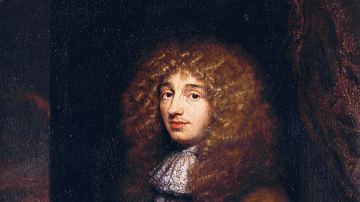
Definition
Christiaan Huygens
Christiaan Huygens (1629-1695) was a Dutch mathematician, physicist, and astronomer. A leading figure of the Scientific Revolution, Huygens combined research into mathematical-based theories, such as the movement of light waves, with practical...

Image
Christiaan Huygens by Netscher
A 1671 portrait by Caspar Netscher of Christiaan Huygens (1629-1695), the Dutch mathematician, physicist, and astronomer.
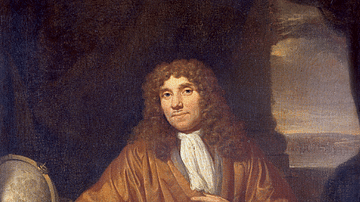
Definition
Antonie van Leeuwenhoek
Antonie van Leeuwenhoek (1632-1723) was the most important microscopist of the Scientific Revolution. The Dutchman made over 500 microscopes, many with a magnification far superior to contemporary models. His discoveries include bacteria...
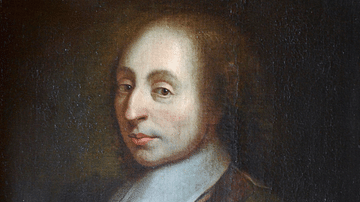
Definition
Blaise Pascal
Blaise Pascal (1623-1662) was a French scientist, mathematician, and philosopher whose work influenced both the Scientific Revolution and later European thought. Pascal is known for his practical achievements in science, such as a calculating...
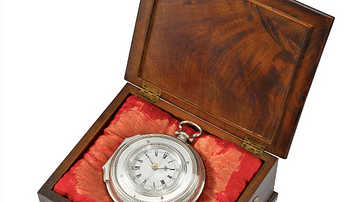
Article
Harrison's Marine Chronometer
John Harrison (1693-1776) invented an accurate marine chronometer after several decades of research and development. While the pendulum clock had already been invented in the 17th century, a clock that could withstand the vagaries of the...
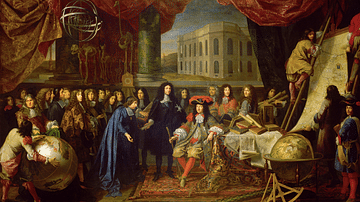
Collection
12 Great Scientists of the Scientific Revolution
In this collection, we gather together some of the greatest minds of the Scientific Revolution (1500-1700) when European science made great leaps forward, particularly in the fields of astronomy, microscopy, anatomy, and physics. Each scientist...
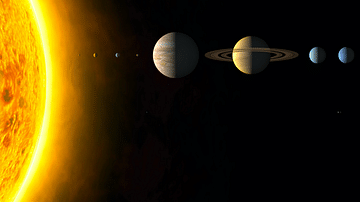
Article
Astronomy in the Scientific Revolution
The astronomers of the Scientific Revolution rejected long-held theories of ancient thinkers like Claudius Ptolemy and Aristotle and instead set out to systematically observe the heavens in order to create a model of the universe that fit...

Article
Observatories in the Scientific Revolution
The foundation of observatories during the Scientific Revolution (1500-1700) followed a process of evolution from entirely independent observatories operated by a single astronomer to private observatories which received state or private...
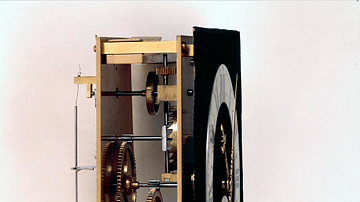
Image
Huygen's Pendulum Clock
A reconstructed model of a pendulum clock designed and built by the Dutch mathematician and astronomer Christiaan Huygens (1629-1695). The device has two weights and two pulleys which are driven by the swing of the pendulum. (Science Museum...
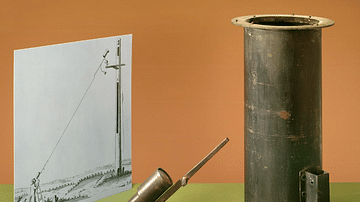
Image
Huygen's Aerial Telescope
The eyepiece, main lens housing, and a drawing illustrating the aerial telescope designed and built by the Dutch mathematician and astronomer Christiaan Huygens (1629-1695) towards the end of the 17th century. (Science Museum, London)